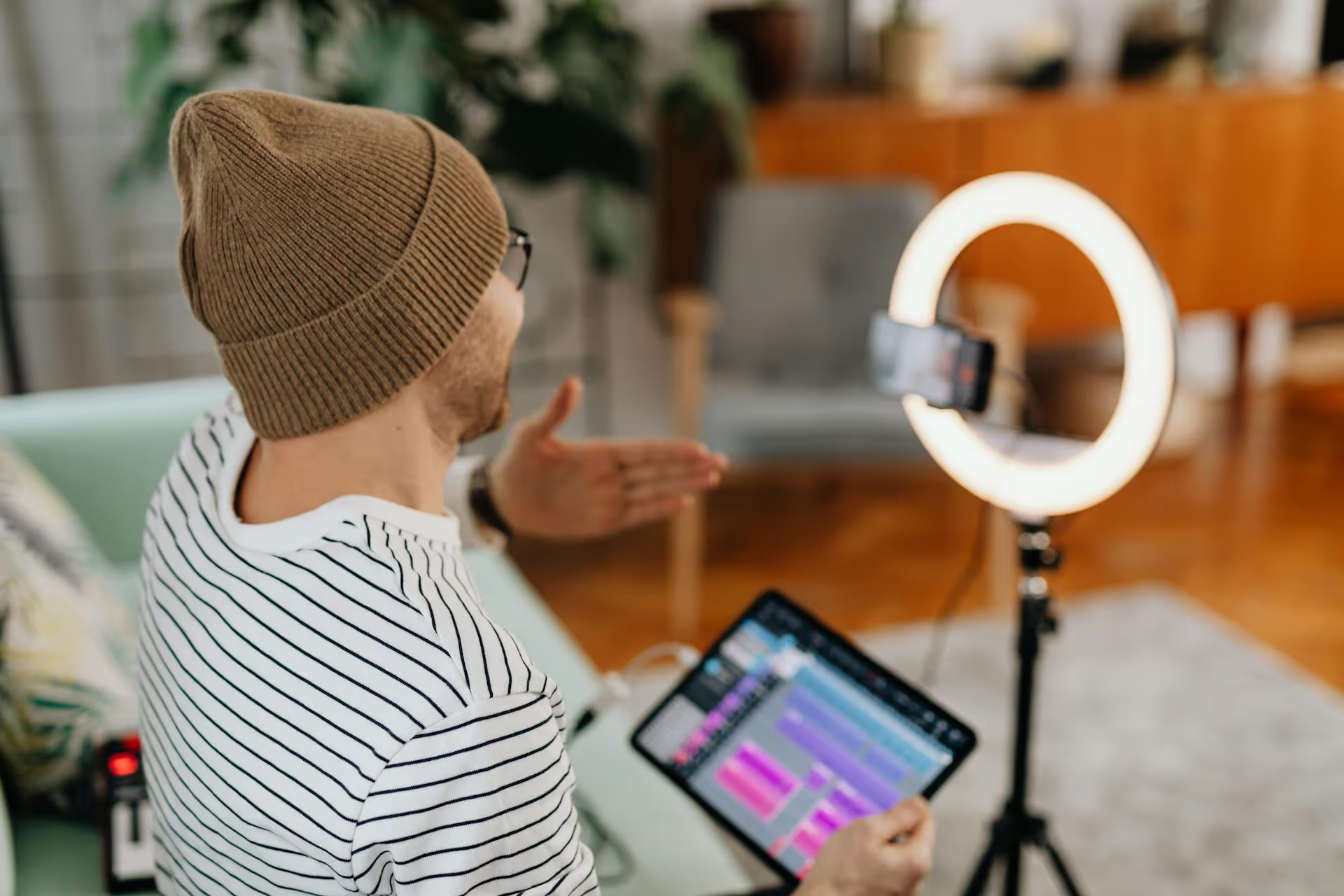How to Add Social Media Icons to an Email Signature
Enhance your email signature by adding social media icons. Discover step-by-step instructions to turn every email into a powerful marketing tool.

Connecting your Facebook Page to your website creates a powerful bridge that sends traffic and signals back and forth between two of your most important online assets. This guide will walk you through exactly how to add your website link to your Facebook Page and, more importantly, how to integrate Facebook features directly into your website to boost shares, followers, and engagement. We’ll cover everything from simple follow buttons to embedding your live feed and setting up the Facebook Pixel.
Before jumping into the "how," it’s important to understand the bigger picture. Creating a clear connection between your professional website and your Facebook Page isn’t just about putting a link in your bio. It’s a strategic move that delivers real benefits for your brand and your marketing efforts.
Let's start with the quickest and most foundational step: making sure your website is prominently displayed on your Facebook Page. Facebook users often look here first when they want to learn more about a business, so leaving it blank is a huge missed opportunity.
This process is simple and only takes a minute.
That’s it! Completing this step immediately legitimizes your Page and starts the flow of traffic from Facebook to your site.
Now for the other side of the bridge: integrating Facebook’s features directly onto your site. This is where you can actively encourage website visitors to engage with your Facebook content, follow your Page, and share your articles without ever leaving your domain. We’ll cover four of the most effective methods.
Social share buttons are the small Facebook (and other social media) icons you see on blog posts or product pages. They allow readers to share your content with their network in just a couple of clicks, giving your content an instant visibility boost.
More than just convenience, these buttons remove friction. Without them, a reader would have to copy your URL, open Facebook in a new tab, paste the link, and write a post. Most people simply won’t bother. Social share buttons make it effortless.
While a share button promotes individual pieces of content, a Like or Follow button is designed to grow your long-term audience. Adding one to your website’s footer, sidebar, or “About Us” page gives visitors a simple way to follow your Facebook Page without leaving your site.
The best way to do this is with Facebook's official Page Plugin. It’s more than just a button - it can be configured to show your cover photo, recent posts, and even faces of friends who already like your page, adding a layer of social proof.
<,body>, tag in your website's HTML template file. Most sites only need you to do this once.If you’re using WordPress, many page builders like Elementor or a theme's widget settings make this process easier, often providing a "Custom HTML" block where you can just paste the second code snippet.
Want to showcase your vibrant community and keep your website content looking fresh automatically? Embed a live feed of your Facebook posts. This is an excellent way to show off recent updates, events, or glowing five-star reviews directly on your homepage or contact page.
Just like with the Follow button, the official Facebook Page Plugin, configured to show the "feed" or "timeline," is the easiest way to do this. You can also turn to dedicated third-party plugins or tools if you need more advanced customization options.
The Facebook Pixel is the most advanced but most powerful way to link Facebook to your website. It’s a small snippet of code that tracks visitors' actions on your site. This doesn't create a visible link like a button, but it establishes a deep data connection that fuels your marketing intelligence and ad performance.
<,/head>, tag.Successfully linking your Facebook Page and website is a two-way effort that creates a cohesive digital presence. By adding your site to your Page’s info and embedding Facebook features like share buttons and live feeds onto your site, you help both platforms work together to grow your audience, boost engagement, and drive business results.
All this new activity from linking your channels means more comments and messages to manage across the board. Staying on top of every interaction can quickly become overwhelming. At Postbase, we believe community management shouldn't feel chaotic, so we designed a unified inbox for all your platforms. It lets you handle every comment and DM from Facebook, Instagram, and more in one streamlined view, helping you build your brand without the burnout.
Enhance your email signature by adding social media icons. Discover step-by-step instructions to turn every email into a powerful marketing tool.
Learn how to add your Etsy link to Pinterest and drive traffic to your shop. Discover strategies to create converting pins and turn browsers into customers.
Grant access to your Facebook Business Manager securely. Follow our step-by-step guide to add users and assign permissions without sharing your password.
Record clear audio for Instagram Reels with this guide. Learn actionable steps to create professional-sounding audio, using just your phone or upgraded gear.
Add translations to Instagram posts and connect globally. Learn manual techniques and discover Instagram's automatic translation features in this guide.
Optimize your Facebook Business Page for growth and sales with strategic tweaks. Learn to engage your community, create captivating content, and refine strategies.
Wrestling with social media? It doesn’t have to be this hard. Plan your content, schedule posts, respond to comments, and analyze performance — all in one simple, easy-to-use tool.